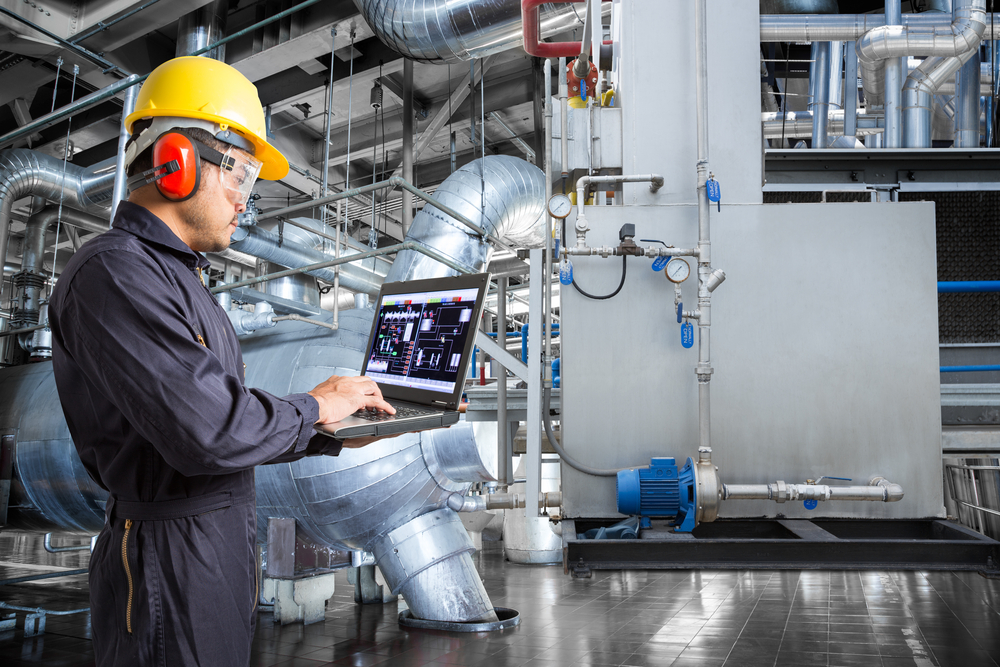
With nonessential businesses shuttered, travel halted for most Americans, and folks being asked to avoid gathering in groups larger than ten, many companies are feeling financial pain. In fact, recent unemployment insurance claims have increased exponentially according to the U.S. Department of Labor and much of that is probably due to layoffs in the retail, hospitality and travel industries.
Unfortunately, many experts are predicting that this is just the tip of the iceberg, and that,in the coming weeks and months,we could see the jobless numbers escalate and the economy continue to crumble. The result could be years of economic growth and increases wiped away in a manner of mere months.
But what does that mean for equipment manufacturers?
When people see that the retail, hospitality, and tourism industries are hurting, they probably don’t realize the impact that it will have on the economy as a whole. These things have a tendency to trickle down and spread throughout the economy. With people out of work, new HVAC units and other devices will likely become a luxury. Simultaneously, companies that have seen their revenue dry up in the past month will be hesitant to spend on commercial and industrial equipment. This could have an impact on the revenue of equipment manufacturers in the foreseeable future.
In times like these, when revenues dry up and the economy goes south, many companies have a tendency to try and cut everything that isn’t essential to shore up their business and survive the downturn. Often, that means slashing marketing spending, advertising dollars, nonessential programs, and cutting back on research and development. But that last one is a mistake.
We’ve been here before. Relatively recently, in fact. We’re just about a decade removed from the Great Recession, which saw the global housing market collapse and a number of financial institutions, car companies, and other organizations either fold or get bailed out by the government. While the cause of this economic downturn is both completely different and unprecedented, there are lessons that we can take from that situation and apply them to today.
What could be the most important lesson is to fight the urge to slash R&D and product development. Why? Because all economic downturns ultimately end and the companies that invest during the downturns are the ones best positioned to secure market share when they do.
Let’s take a look at a Harvard Business Review article that was published in 2009, the height of the Great Recession. According to authors David Rhodes and Daniel Stelter:
Investments made today in areas such as product development and information or production technology will, in many cases, bear fruit only after the recession is past. Waiting to move forward with such investments may compromise your ability to capitalize on opportunities when the economy rebounds. And the cost of these investments will be lower now, as competition for resources slackens.
The article then provides two excellent examples of companies that invested in their product portfolios during downturns only to come out ahead. The first was French pharmaceutical company, Sanofi-Synthélabo. The company maintained,and in some cases increased, R&D spending during the downturn in the early 2000s, which resulted in the strong business and financial performance that enabled them to acquire Aventis when the economy rebounded in 2004. The other example was global technology juggernaut, Apple, which increased R&D spending during the same downturn. This led to the company introducing iTunes in 2003 and the iPod Mini in 2004, both of which helped spark its period of rapid growth. And we all know where Apple is today.
It’s clear that the equipment manufacturers that invest in their devices and products will be the ones best prepared to capture market share when the economy rebounds, but where should they focus their time, dollars and efforts? The industry trends point towards increasing customer demand for smarter and more connected devices. This demand has only increased as employees have been forced to work from home.
Today’s equipment owners are demanding smarter, more automated devices capable of operating and being managed as part of a system. They’re also demanding the ability to harvest device data, analyze it and use it to make informed decisions. They want devices that can be managed from a single pane of glass or managed remotely to empower a more distributed workforce.
Then there are service offerings. Equipment owners understand the value that they can receive by paying for equipment manufacturers to monitor, optimize, and maintain their devices as a service. They recognize that the manufacturer is the best person to do so and can see the ROI that they’ll receive from installing smarter devices that can be optimized to peak performance and efficiency by their manufacturer.
The equipment manufacturers that come out of this impending downturn with the ability to offer those services will have the advantage. They’ll also have the added revenue from their service offerings to help spark their growth. Those manufacturers selling devices that are simply incapable of being managed, monitored, and maintained remotely will see their market share continue to shrink.
History is a great educator, and while this impending economic downturn is different from the downturns in the early 2000s and the Great Recession, there are lessons that we can learn from the companies that went into those downturns facing tumbling revenues and emerged stronger on the other side.
Equipment manufacturers should take notice, and use this time to make their products smarter, more connected, and cloud-enabled. It may not make them the next Apple, but it will introduce new revenue streams and leave them better prepared to compete and grow when the economy rebounds.
To learn more about the benefits of cloud-enabling commercial and industrial equipment, click HERE to download a complimentary copy of the, “HVAC as a Service Revolution,” eBook.


